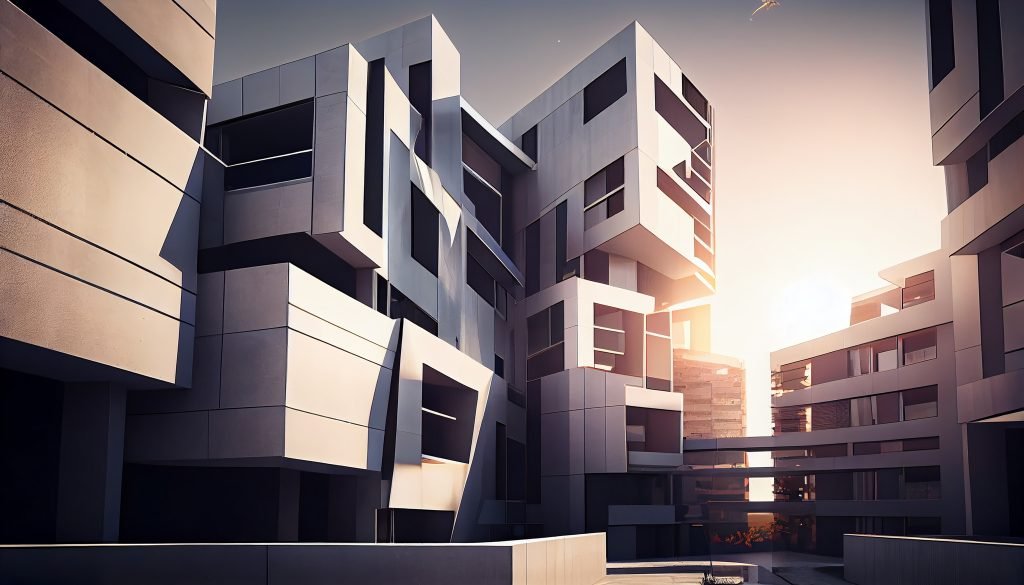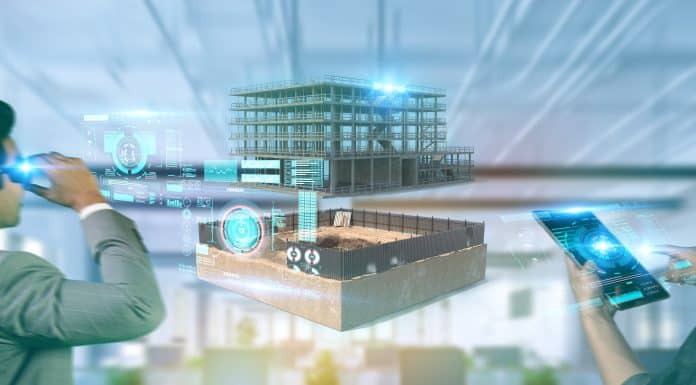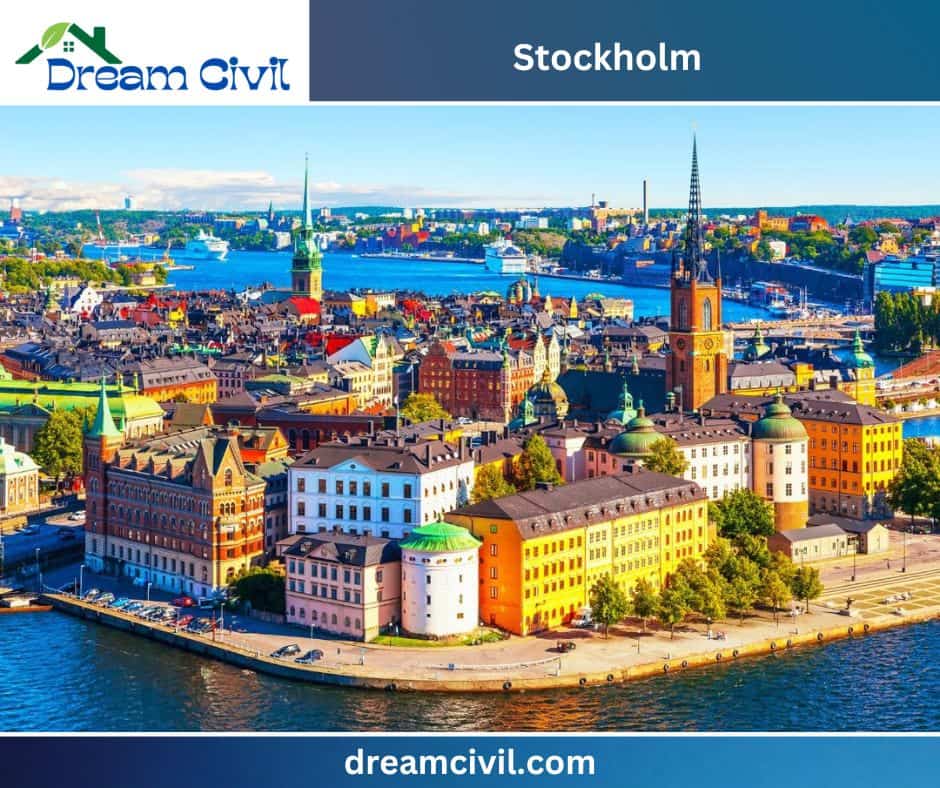The Evolution of Mixed-Use Design: Trends and Future Predictions

This post was originally published on this site
Mixed-use developments have undergone a significant transformation over the years, adapting to changing societal needs, architectural innovations, and urban planning strategies. In this exploration of the evolution of mixed-use design, we’ll delve into current trends and make predictions about the future of these dynamic spaces.
1. Integration of Technology
The rapid advancement of technology has left an indelible mark on mixed-use design. From smart building systems to the Internet of Things (IoT), the integration of technology has enhanced both the functionality and sustainability of mixed-use developments. Predictive maintenance, energy-efficient systems, and digital connectivity are becoming integral components of modern mixed-use structures, offering a glimpse into a future where buildings seamlessly interact with their occupants and surroundings.
2. Sustainability and Green Spaces
Sustainability has emerged as a central theme in contemporary architecture, and mixed-use developments are no exception. Future mixed-use projects are likely to incorporate sustainable design practices, such as green roofs, solar panels, and rainwater harvesting systems. Additionally, an increased focus on incorporating green spaces within and around these structures is expected, fostering a healthier and more eco-friendly urban environment.
3. Flexible and Adaptable Spaces
The traditional delineation of spaces for residential, commercial, and recreational purposes is evolving. Future mixed-use designs may prioritize flexible and adaptable spaces that can easily transition between different functions. This adaptability will cater to the changing needs of the community and allow for a more efficient utilization of space over time.
4. Emphasis on Wellness and Community Engagement
The future of mixed-use design is likely to prioritize the well-being of residents and users. Incorporating wellness amenities such as fitness centers, meditation spaces, and communal gardens will become commonplace. Community engagement will be a key focus, with designs that encourage social interaction, fostering a sense of belonging and connectivity among residents and visitors.
5. Innovative Transportation Solutions
As urban areas continue to grapple with congestion and environmental concerns, future mixed-use developments will need to address transportation challenges. Anticipated trends include integrating sustainable transportation options, such as bike-sharing programs and electric vehicle charging stations. The design of mixed-use spaces may also accommodate the evolving needs of autonomous vehicles, redefining parking structures and transportation hubs.
6. Adoption of Modular Construction
With the growing emphasis on sustainability and cost-effectiveness, modular construction techniques are likely to play a significant role in the future of mixed-use design. Prefabricated and modular components offer the advantages of reduced construction waste, faster project timelines, and enhanced efficiency. This shift towards modular construction aligns with the broader trend of creating more sustainable and economically viable urban spaces.

7. Mixed-Reality Integration in Design Process
The design and planning of mixed-use developments are embracing cutting-edge technologies, including mixed reality (MR). Architects and developers can use MR to visualize and interact with 3D models, facilitating a more immersive and collaborative design process. This trend is expected to enhance communication among stakeholders, leading to more efficient decision-making and design iterations.
Conclusion
The evolution of mixed-use design is a dynamic journey shaped by technological advancements, sustainability imperatives, and changing societal preferences. As we look to the future, it’s evident that mixed-use developments will continue to be at the forefront of creating vibrant, interconnected urban spaces. By embracing emerging trends and staying attuned to the evolving needs of communities, architects and developers can contribute to the creation of innovative and sustainable mixed-use environments that enhance the quality of urban living.





Responses